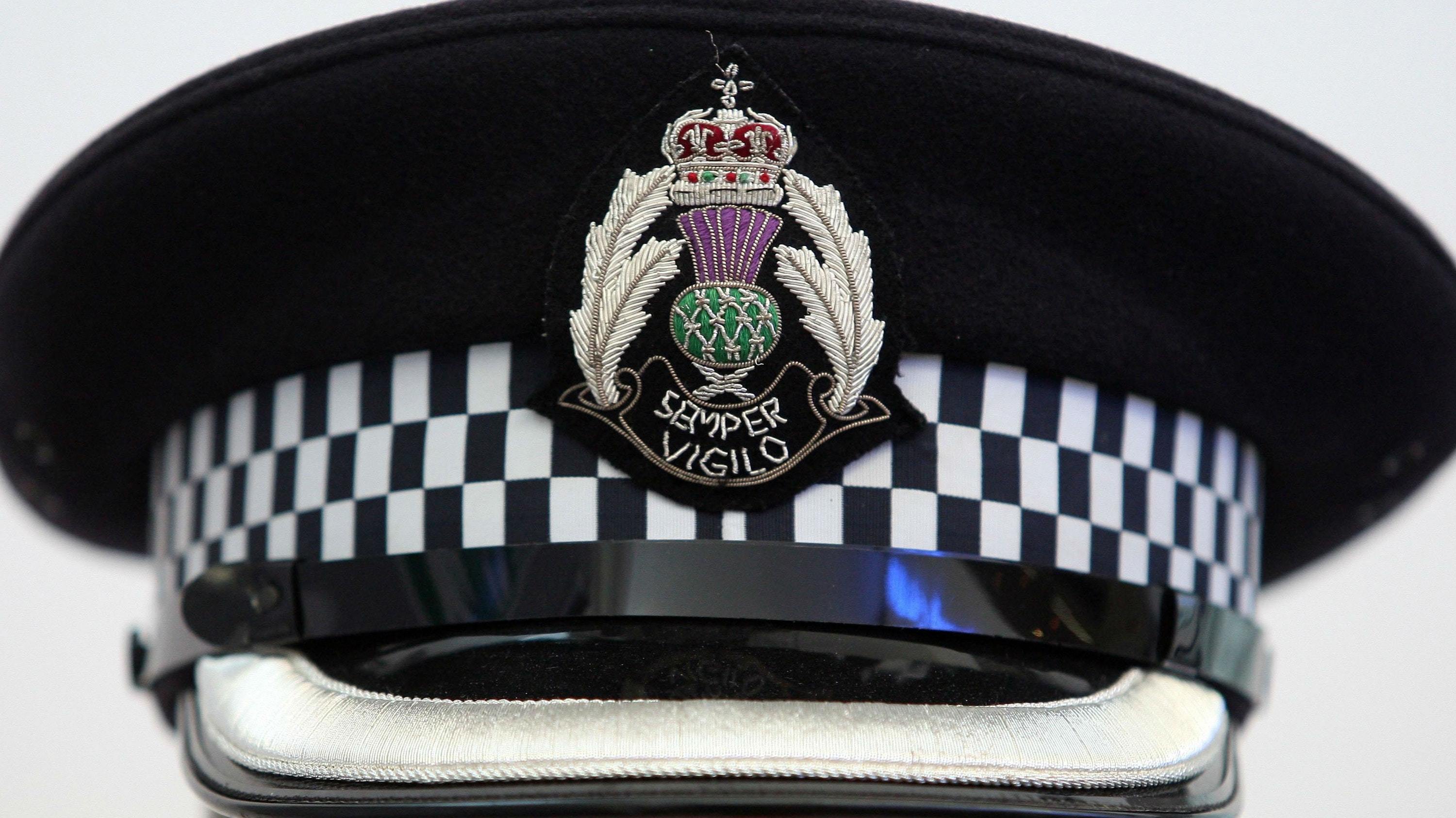
THERE is “no crisis in policing” in Scotland despite the current situation with complaints against chief officers, the force’s watchdog has said.
Derek Penman, HM Chief Inspector of Constabulary for Scotland (HMCICS), said he believes Police Scotland is well served by the many senior officers, team leaders and support staff managers who provide essential day-to-day leadership across the country.
The troubled force is currently without some of its most senior staff, with Chief Constable Phil Gormley placed on “special leave” in September as allegations of gross misconduct are investigated, and Assistant Chief Constable Bernard Higgins suspended by the Scottish Police Authority (SPA) in November.
Mr Gormley and Mr Higgins, head of armed policing in Scotland, deny any wrongdoing.
In his Annual Report for 2016-17, which looks at the performance of Police Scotland and the SPA, Mr Penman said: “Despite the current situation with chief officer complaints, I agree with the view of the Scottish Police Federation that there is currently no crisis in policing.”
Mr Penman said operational performance remains strong for the fourth year of the single service, which was formally established on April 1 2013, with crime at its lowest level since 1974.
While there have been sustained reductions in most types of crime, there was a 5% increase in reported sexual crimes in 2016-17, and around a fifth of those recorded included the use of the internet.
Non-sexual crimes of violence increased for the second consecutive year, this time by 6%.
Mr Penman welcomed the 10-year strategy for policing in Scotland, Policing 2026, and the three-year implementation plan which Police Scotland presented to the SPA earlier this month, though accepts that it remains a “work in progress”.
His report welcomed Police Scotland’s commitment towards developing a diverse workforce but said the force will need to “better understand the demand for policing across Scotland to more accurately inform future decisions about deployment.”
Mr Penman also noted that “major financial challenges” persist in terms of sustainability, with Audit Scotland’s recent audit of the SPA identifying instances of poor governance and the poor use of public money.
The SPA started 2017/18 with a forecast deficit of £47.2 million.
He welcomed the appointment of former Labour health minister Susan Deacon as chairwoman of the SPA and that of the interim chief officer who has replaced the chief executive.
Ms Deacon replaced Andrew Flanagan, who quit after MSPs raised concerns over governance and transparency at the organisation.
In his final annual report before he retires next spring, Mr Penman said: “I welcome both new appointments and have been encouraged by their leadership and early commitment to work more collaboratively and drive improvement at pace.”
He added: “I believe it is essential for the success of policing in Scotland that the SPA can quickly establish itself as a competent, credible and collaborative organisation that can both support and challenge Police Scotland.
“There is a critical leadership role for the new chair to speak authoritatively on policing and build a wider understanding and shared commitment among the Scottish public, policy makers and stakeholders about what the future of policing can look like.”

Enjoy the convenience of having The Sunday Post delivered as a digital ePaper straight to your smartphone, tablet or computer.
Subscribe for only £5.49 a month and enjoy all the benefits of the printed paper as a digital replica.
Subscribe